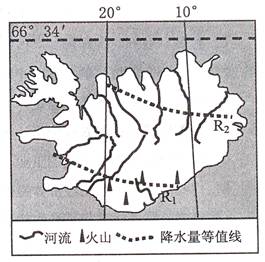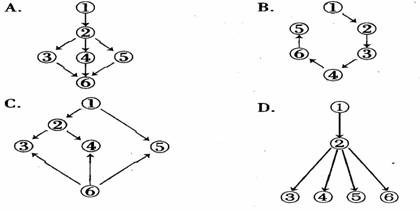When public bikes rolled onto the streets of New York, it was treated as a national event and even international media took notice. Like the situations in other cities carrying out the program, bike-sharing in New York allows a subscriber to “borrow” a bike from one of hundreds of locations in the city, use it, and return it to another location at the end of the journey.
 The next major development was in Copenhagen, which introduced a coin-operated system in 1995 called “City Bike.” For 17 years, these bikes zipped through the streets of Denmark’s capital until the program was shut down late last year—it’s getting an upgrade to the third generation technology.
The next major development was in Copenhagen, which introduced a coin-operated system in 1995 called “City Bike.” For 17 years, these bikes zipped through the streets of Denmark’s capital until the program was shut down late last year—it’s getting an upgrade to the third generation technology.
Sponsored by media giant Clear Channel, the French city of Rennes brought the next generation of bike share technology to the world in 1998 by replacing coin operation with card access and electronic records. From there the technology has progressed, picking up GPS(Global Position System)and real-time tracking along the way, and has spread throughout Western Europe—and the world.
At present, there are 553 bike share programs in operation worldwide and another 193 in planning or under construction. And they’re not just in Europe and North America. The worldwide leader in bike-sharing, as measured by the number of bikes, is China. According to data collected by the Earth Policy Institute, 20 of the 25 largest bike share programs are Chinese. Its largest one, in the city of Wuhan, has twice the number of bikes as all of France’s shares combined.
The benefits of bike-sharing programs in any city are plentiful. They relieve traffic jams, relax parking shortages, reduce air pollution and promote fitness. So if you are in any city where public bikes are provided, get out of your car during rush hour and try bike-sharing!
44. In which city did bike-sharing start?
A. Alexandria. B. Amsterdam. C. Copenhagen. D. Rennes.
45. Why was the coin-operated system closed in Copenhagen?
A. Because bikes made the streets over-crowded.
B. Because it would be replaced by a new system.
C. Because its time limit was reached after 17 years.
D. Because no sponsors provided money to support it.
46. We can learn from the passage that bike shares are __________.
A. free of charge
B. costly program
C. time-consuming
D. environmental-friendly
47. What can be inferred from the passage?
A. Bike shares have gained worldwide popularity.
B. Most bikes used in the program are of European-style.
C. Bike share program in China first started in the city of Wuhan.
D. A national celebration for the program was held in New York.
答案
BBDA


